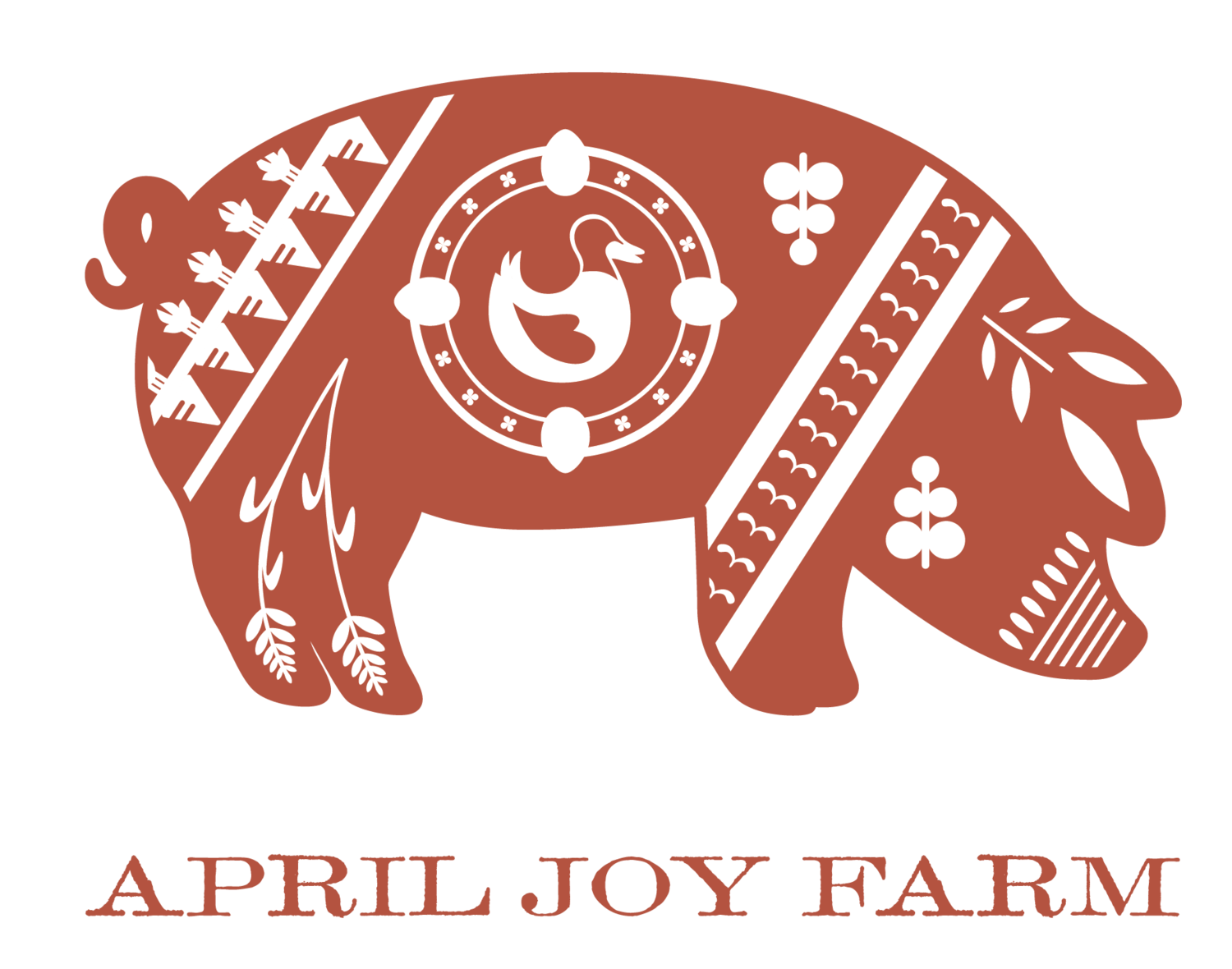Nourishing Bites | Equinox Part 1
Part 1 (Read Part 2)
On Sept 22, 2020 the sun crossed the celestial equator, marking the official start of autumn.
We’re marking the start of fall by lugging Winter Luxury pumpkins and oodles of creamy white and striped green Delicata squash from the fields. Harvesting takes on new importance as the weather shifts toward a constant state of soggy.
This is the season of collecting, safeguarding, bringing in and gathering, as we turn our attention toward the greying skies and we begin to feel the chill settling down upon us.
Our greenhouse has transformed from sheltering young and tender seedlings to a storehouse for food and seeds. Tawny long pods of Fortex bean seed sits in one corner and in another is trial of dent corn in a kaleidoscope of colors. Several buckets of mustard seed pods shatter as they dry, waiting to be threshed, and a tiny bowl of poppy seed is tucked in between. Every other available benchtop is covered with winter squash.
Inside the farmhouse, it’s much the same.
The kitchen counters are laden with drying tomato seeds, the dehydrator is full of chili peppers. Canning jars full of tomatoes and beans and grape juice are stacked in boxes.
And our worklist is stacked with tasks that are all about finding shelter, tucking in, and tidying up. Move implements to the barn, mulch raised beds, pull irrigation lines from the field, roll up shadecloth, and on and on.
With six weeks left in our CSA season, we’re rounding third base, with our eyes on home plate.
Another revolution of food production, of network connections, of sharing and caring and being in this world together is moving closer toward completion.
Mentally, this time of year is a different dance. One moment I’m rested enough to delight in hopeful dreams of big changes for the coming year, the next I think only of moving one foot in front of the other.
We’re so thankful for fresh air to work in, for the return of blue sky, for the relief of calm weather and gentle rains. Based on where we were last week at this time, everything seems easier and yet, painfully more precarious. We’re living in the tension between what might be, what we fervently wish could be, and what really is.
I was mulling this over until Sherbert the cat crawled up on my lap early one morning, while the maple leaves drifted from the tree to ground outside the big picture window. I realized then, why in this time of tension, I am so drawn to and gain such a sense of peace from the simple, orderly scenes of everyday farm life. A greenhouse full of squash, organized by variety. A single row of beets, one long clean line. A bed of faded yellow, spongy soft straw mulch tucked up underneath tomato vines heavy with the fruit reaching toward decay. Four pairs of hand pruners, cleaned and resting neatly on the packing shed table.
The more chaotic the outer world feels, the more I crave the grounding calmness of methodical, patterned arrangements.
My eyes and heart crave the plain, the natural, the austere.
It’s easy to make sense of clean, symmetric clusters of fruit on evenly spaced, single stem vines:
And far harder to grasp (or untangle) this:
One image evokes a sense of abundance and calm. The other sports a raucous house party vibe.
So often, the unspoken goal is to achieve picture perfection:
But then life gifts us this instead:
Can anyone relate?
This may be good for a laugh, yes.
But it is critical to understand our deep desire for clean, organized, orderly experiences, and uniformity. And all the more critical for us to understand the “good” and “bad” labels that hide behind our unspoken visual assessments.
When taken too far, trying to make sense of the complexity of wild diversity can drive us to seek hyper tidiness-- a vast land of isolation and separateness if you will, because it’s hard to make sense of the meaning of such variety.
We lose our sense of place.
That’s how we end up waging war on the healing, healthy dandelions in our yards because they insult our sense of order and interrupt the monoculture of grass we deem to be of higher value.
As I was standing in the field washing carrots last week, I began to think of all the produce that has passed through my hands over the last thirteen years. And I thought about how not one single harvest has ever been the same.
I’ve stood in that field and washed lanky thin carrots, baby carrots, round Thumbelina carrots. I’ve washed cracked carrots and knobby carrots. I’ve washed carrots with three arms and a belly button. I’ve washed carrots with more legs than an octopus. And I’ve washed purple and red and yellow and white carrots. Every harvest is a new discovery.
All of a sudden, I felt a immense sense of gratitude that my work, my land, my produce is never, ever monotonously the same.
There is natural variability in everything, and it’s crucial we begin to appreciate the gifts inherent in any crop that has overcome adversity to survive. Every carrot experienced a setback, and each one responded differently. The proof is in every twist and side shoot and thick root.
The diversity that blossoms from and is an outcome of overcoming adversity?
That’s incredible to think about! Just as incredible as thinking of all those roots and leaves and stems and fruits passing with love, from my hands to yours. ~AJ
The Gifts of Diversity: Hidden In Plain Sight
“Those who wish to sing, always find a song.”






